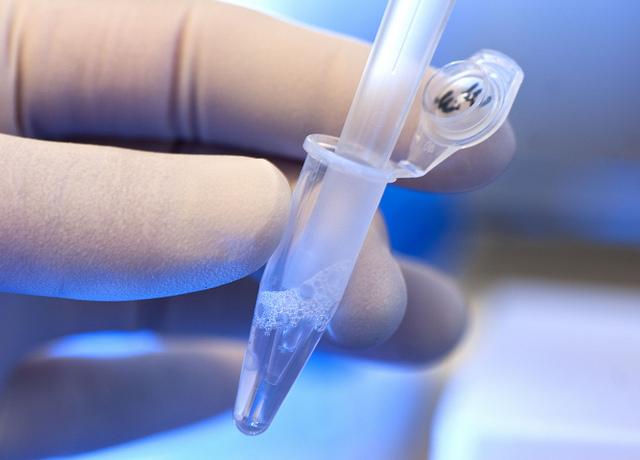Curious About Your Ancestry? Submit a DNA Swab, and a Big Grain of Salt
By Maud Newton,
The New York Times
| 06. 18. 2018
By now, millions of us have taken ancestry tests. We’ve spit into tubes and allowed our genetic information to be uploaded into databases. In return we’ve had our genomes assigned to different parts of the world. The fine print warns us not to rely on those results, despite their seeming precision: 0.1 percent Oceanian! It’s hard to resist telling friends and family that we’ve turned out to be partly sub-Saharan African or Middle Eastern or Scandinavian. But testing with a different company may yield different results, or we may log into our account one day and find that the allocations have changed. Often the tests create as many mysteries as they solve.
The explanations that testing companies give for these shifts tend to be passive and blandly opaque: Identifying “ancestry-informative markers” depends on “sufficient data” from “reference populations.” Errors are “noise.” In her smart, searching new book, “Futureface: A Family Mystery, an Epic Quest, and the Secret to Belonging,” the journalist and former MSNBC host Alex Wagner recounts being incorrectly assigned enough Scandinavian DNA that one of her grandparents could...
Related Articles
By Josie Ensor, The Times | 12.09.2025
A fertility start-up that promises to screen embryos to give would-be parents their “best baby” has come under fire for a “misuse of science”.
Nucleus Genomics describes its mission as “IVF for genetic optimisation”, offering advanced embryo testing that allows...
By Hannah Devlin, The Guardian | 12.06.2025
Couples undergoing IVF in the UK are exploiting an apparent legal loophole to rank their embryos based on genetic predictions of IQ, height and health, the Guardian has learned.
The controversial screening technique, which scores embryos based on their DNA...
By Frankie Fattorini, Pharmaceutical Technology | 12.02.2025
Próspera, a charter city on Roatán island in Honduras, hosts two biotechs working to combat ageing through gene therapy, as the organisation behind the city advertises its “flexible” regulatory jurisdiction to attract more developers.
In 2021, Minicircle set up a...
By Vardit Ravitsky, The Hastings Center | 12.04.2025
Embryo testing is advancing fast—but how far is too far? How and where do we draw the line between preventing disease and selecting for “desirable” traits? What are the ethical implications for parents, children, clinicians, and society at large? These...




